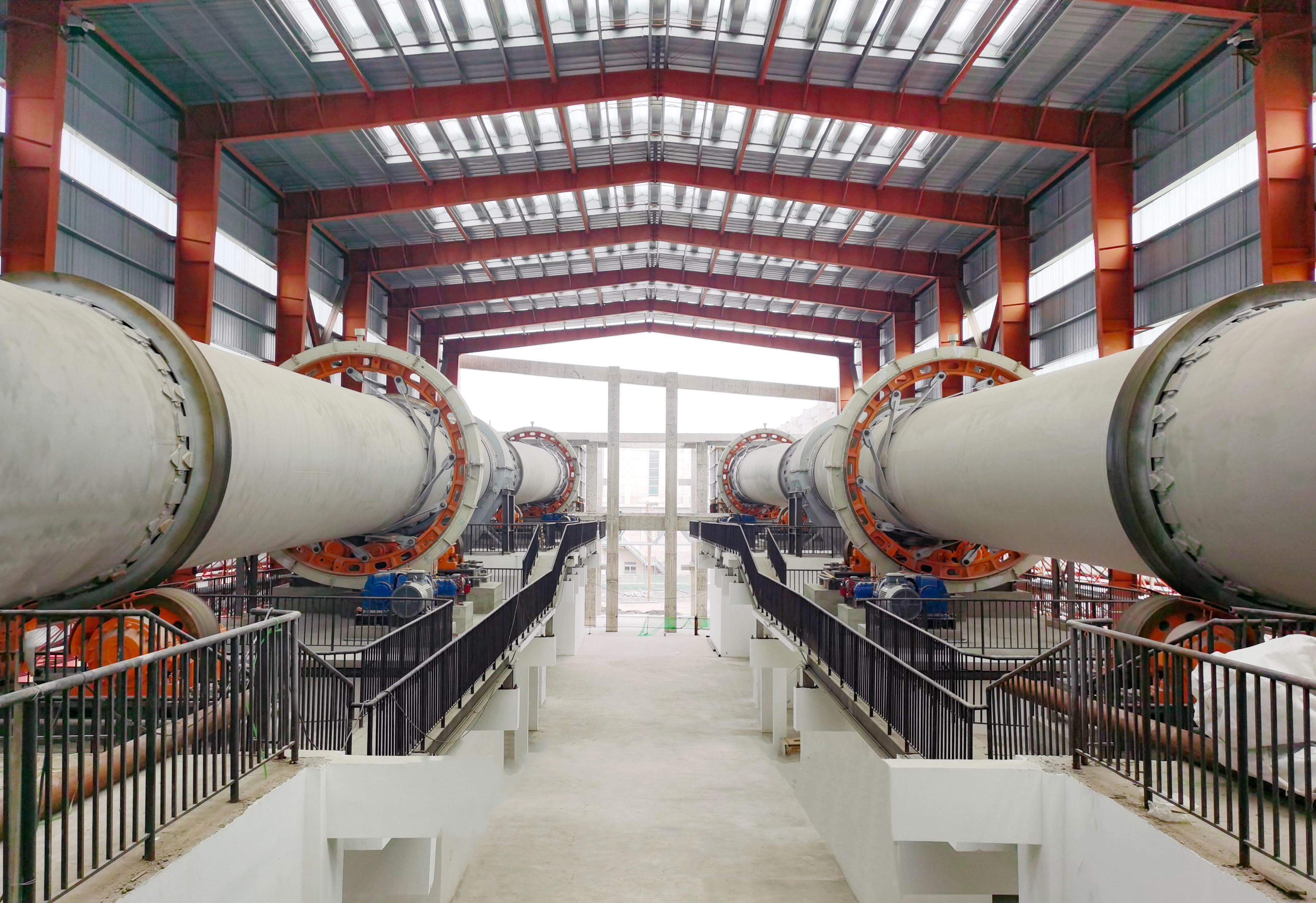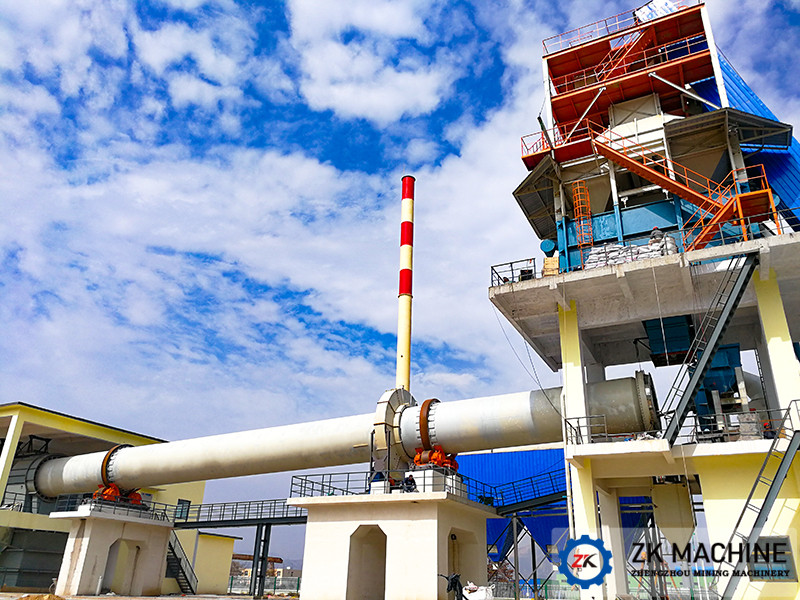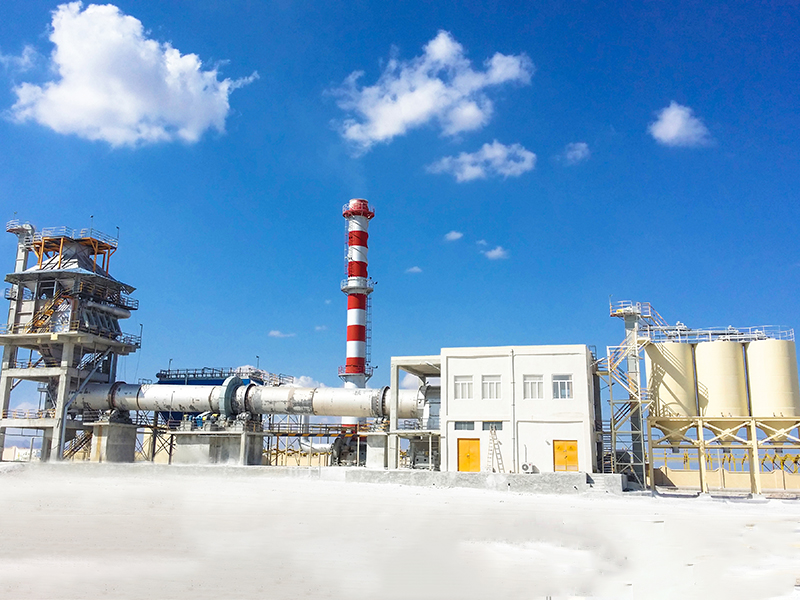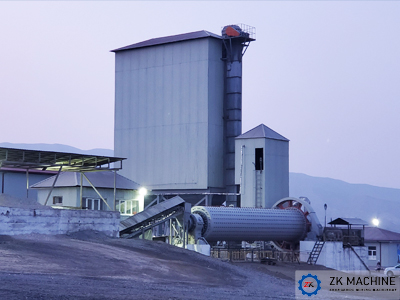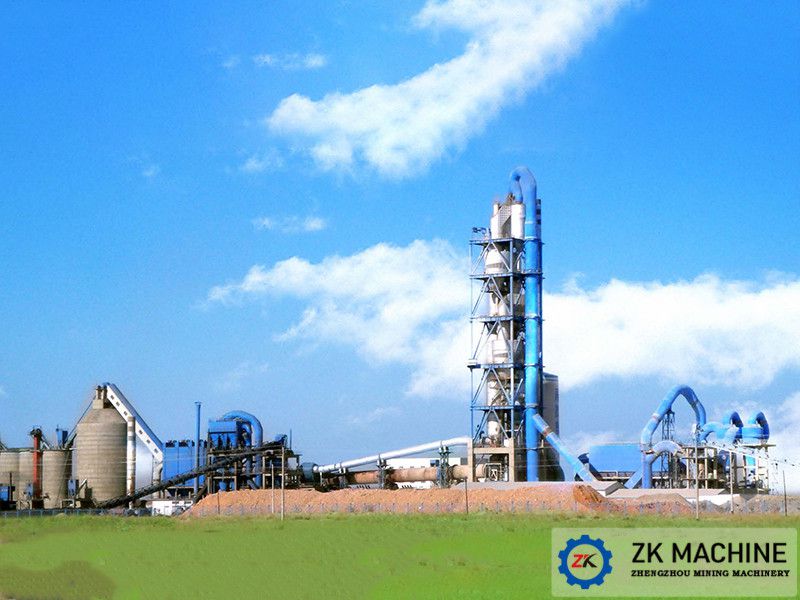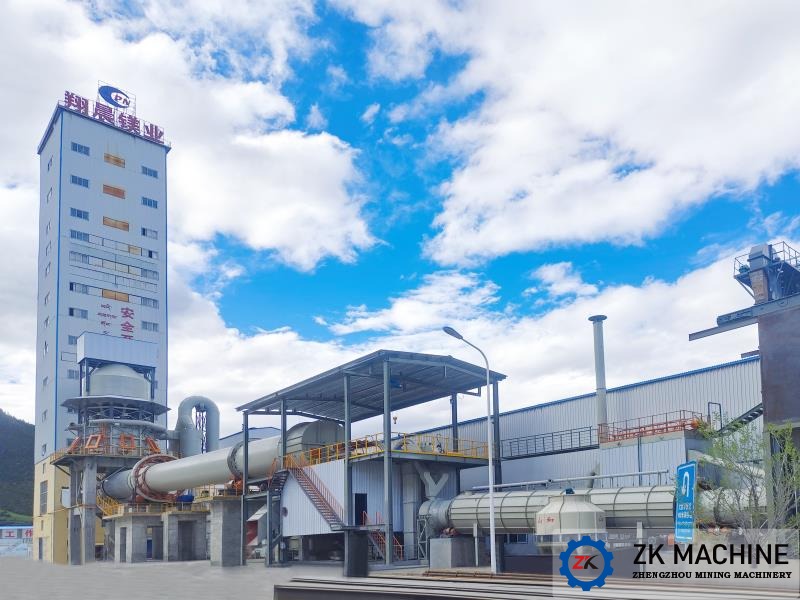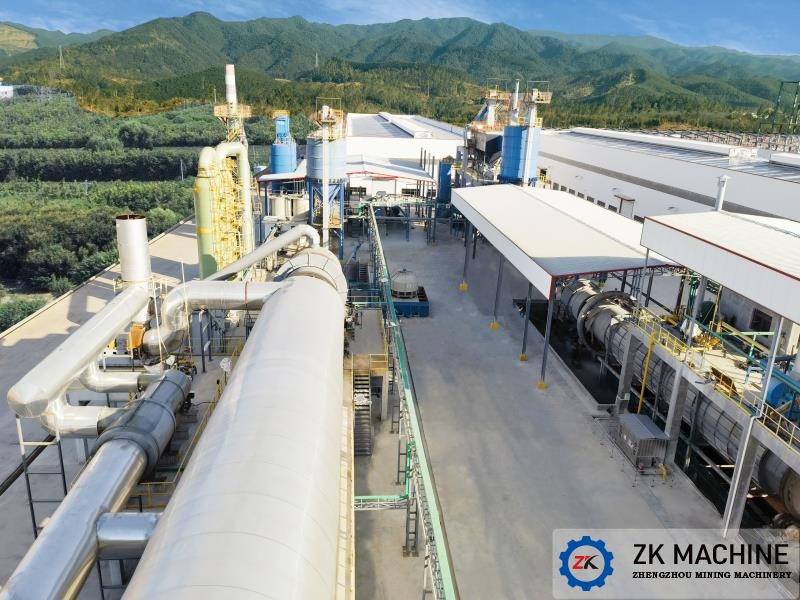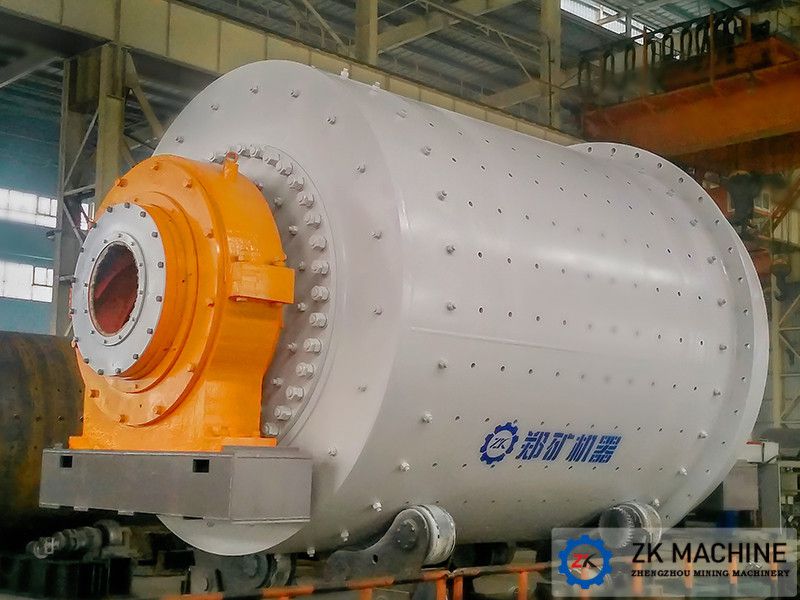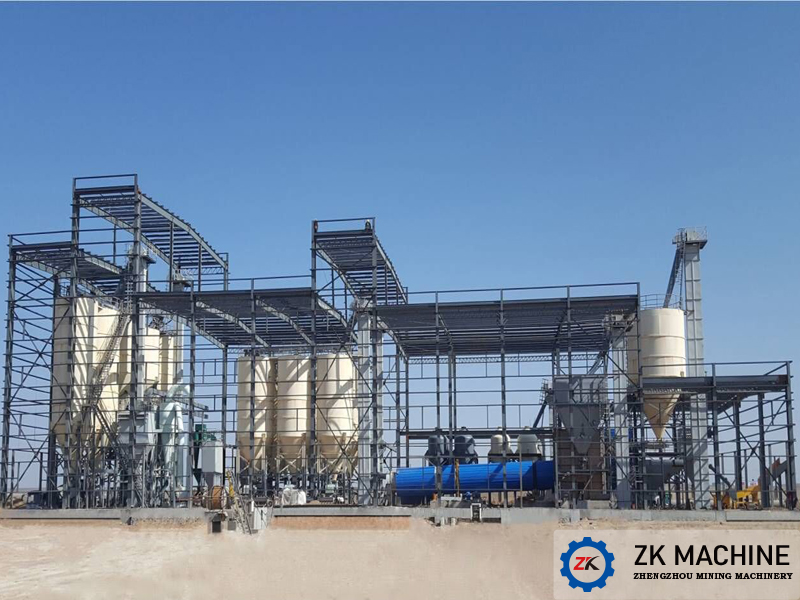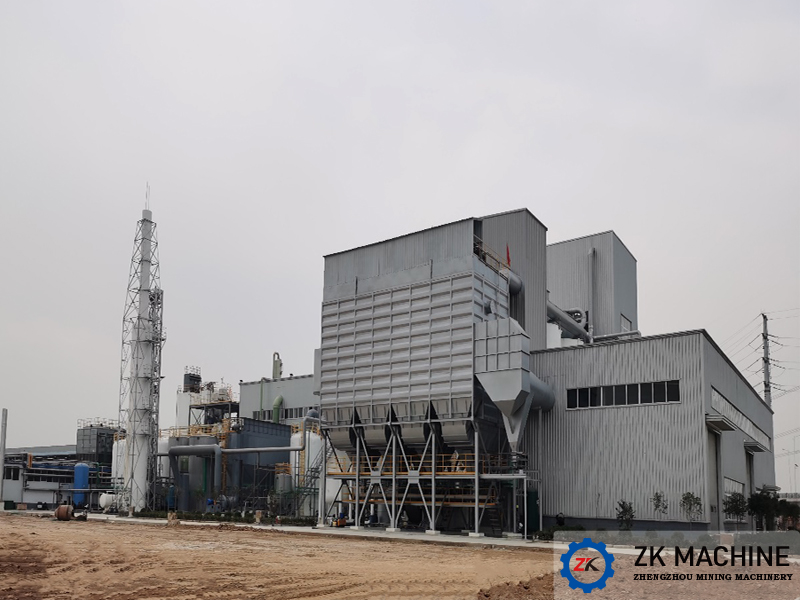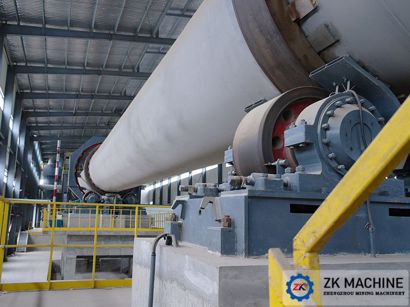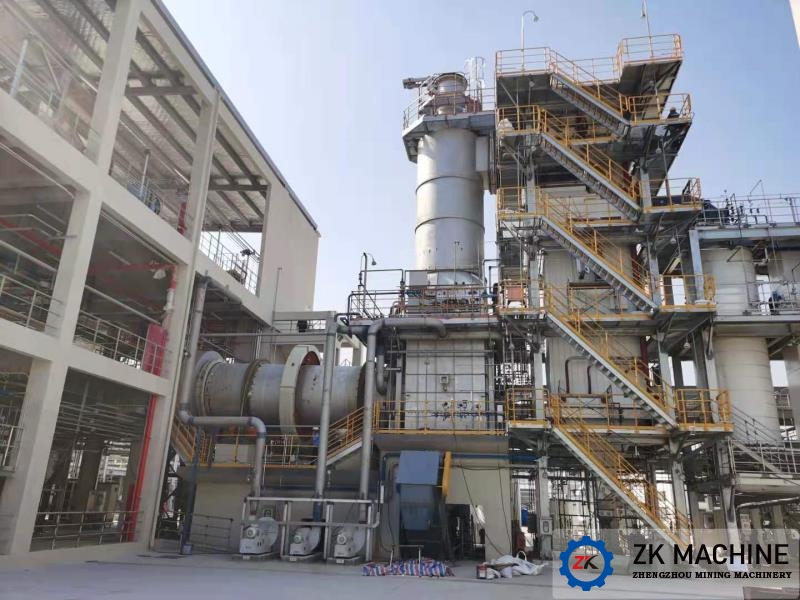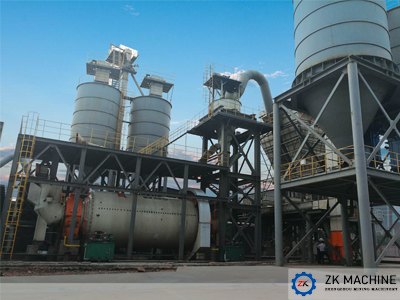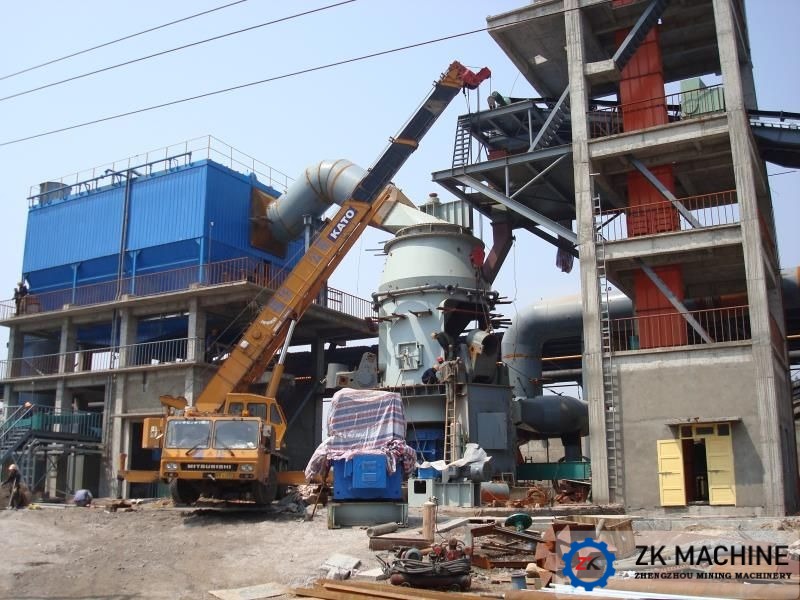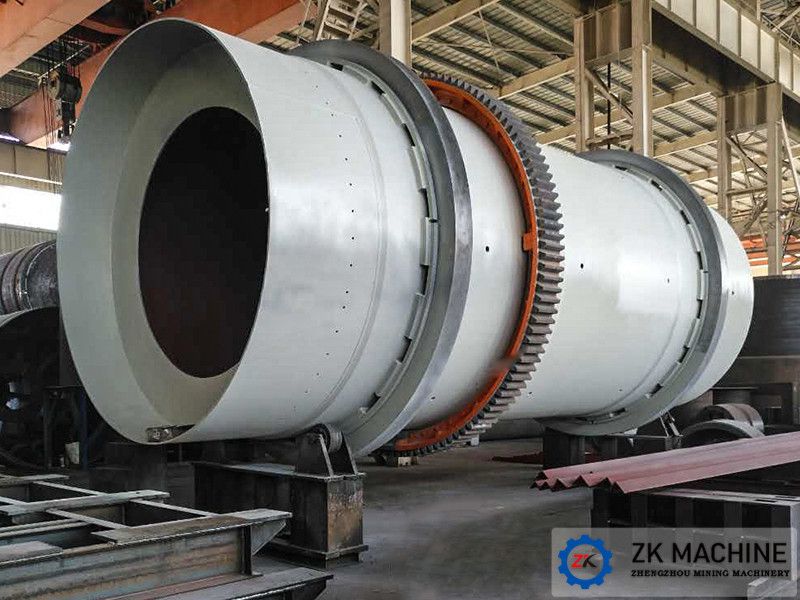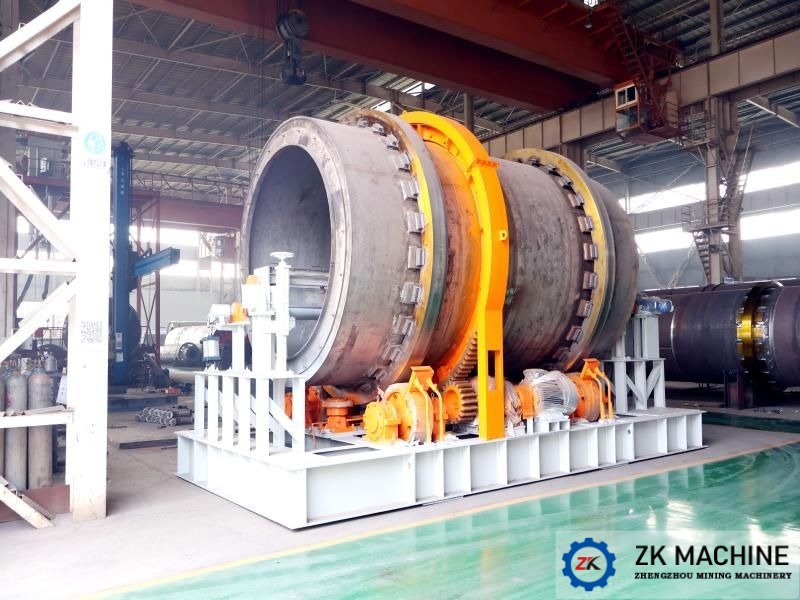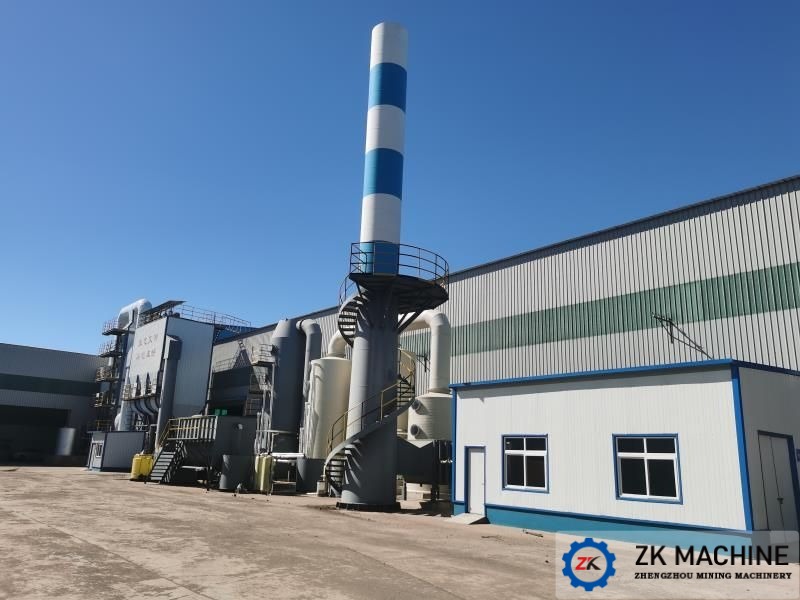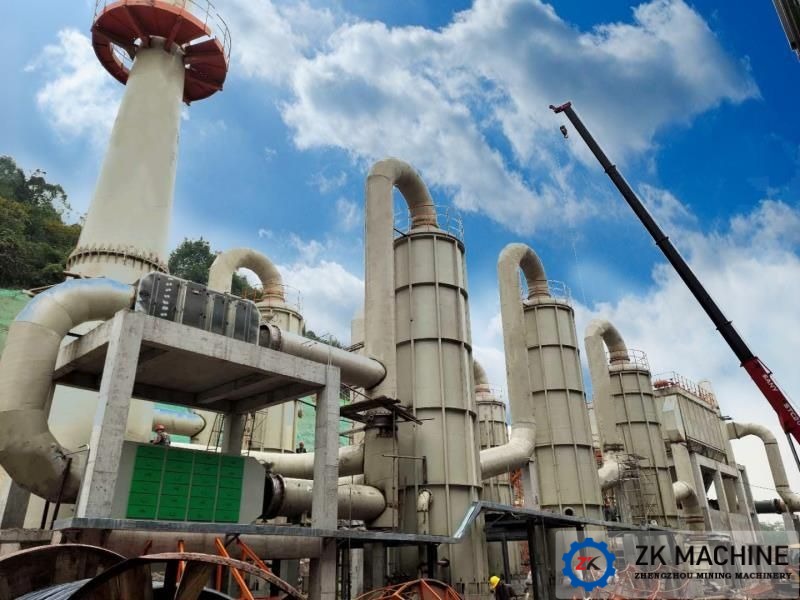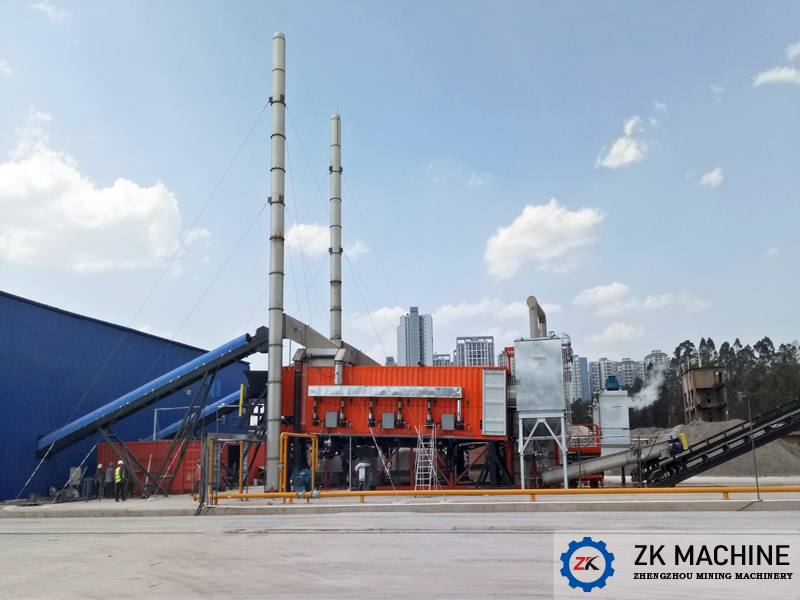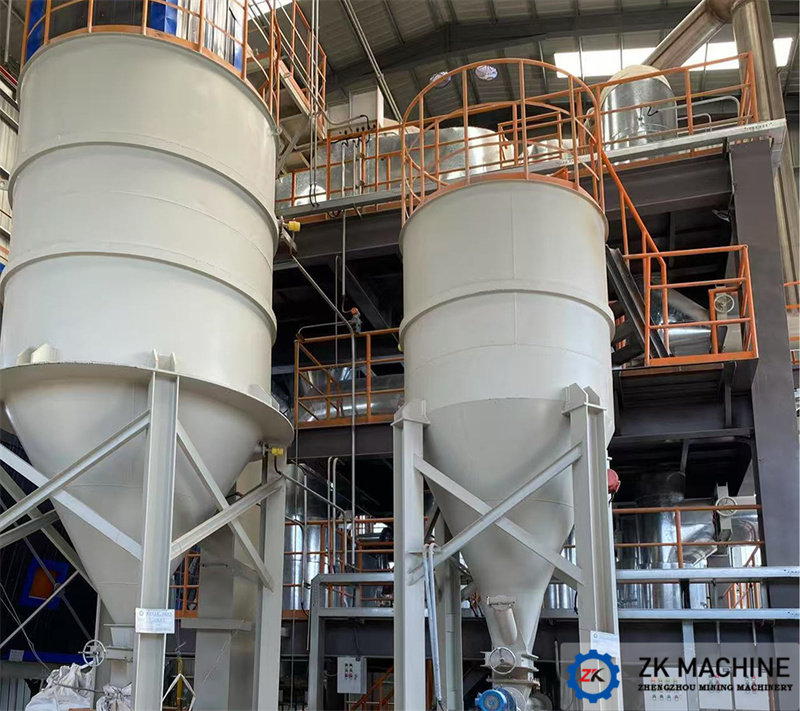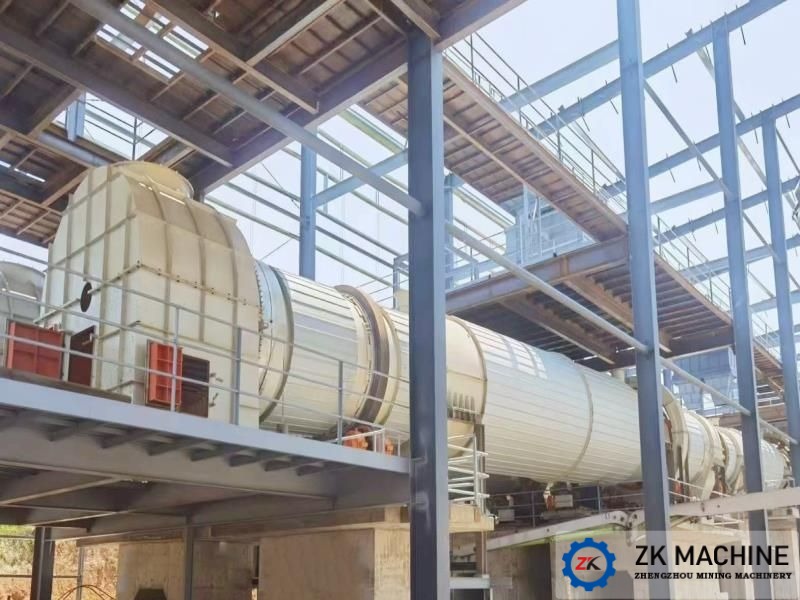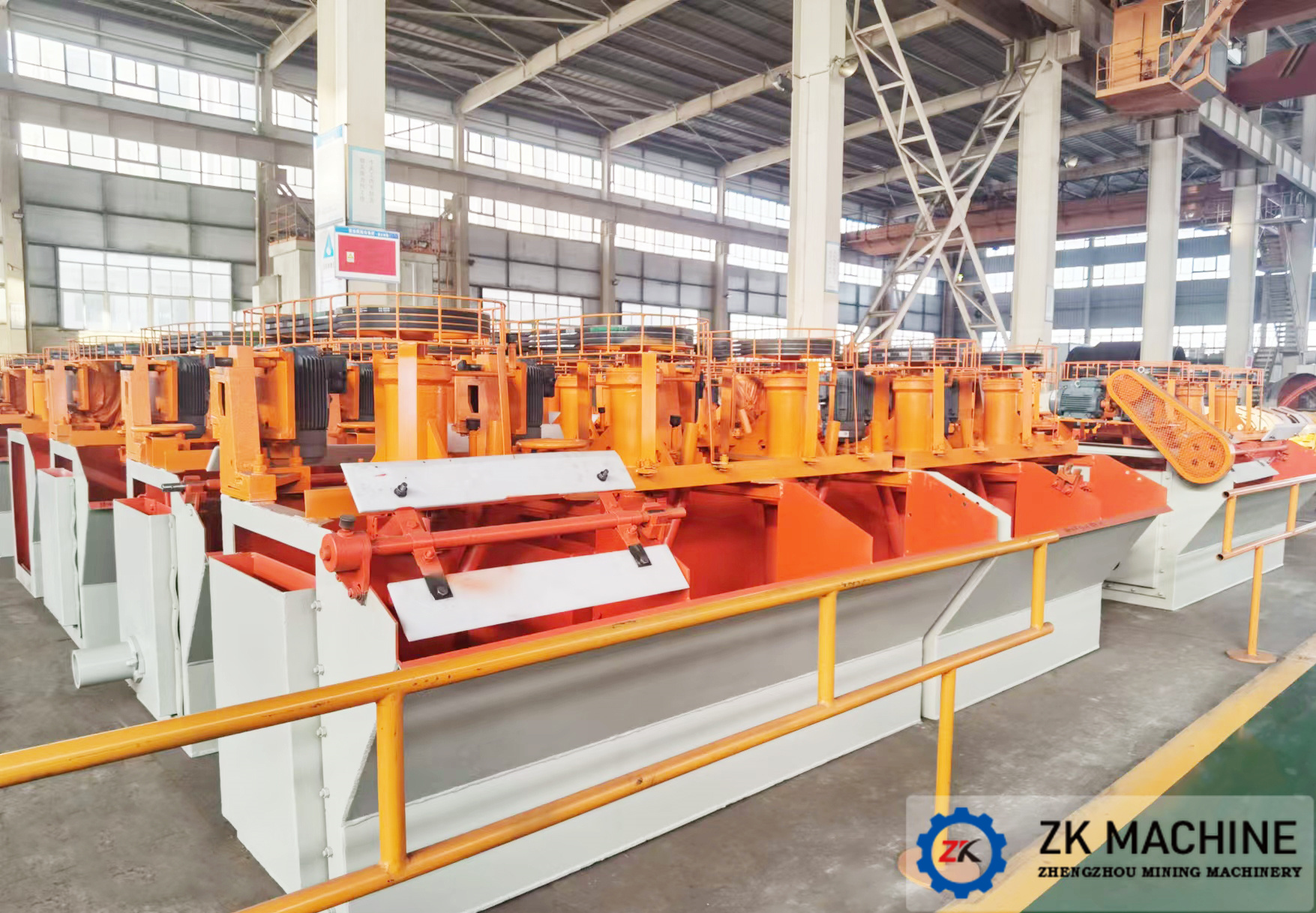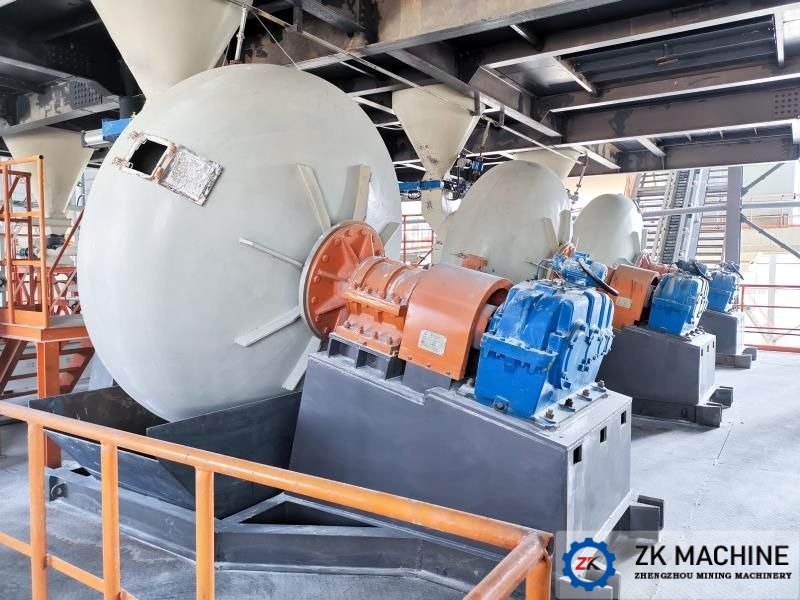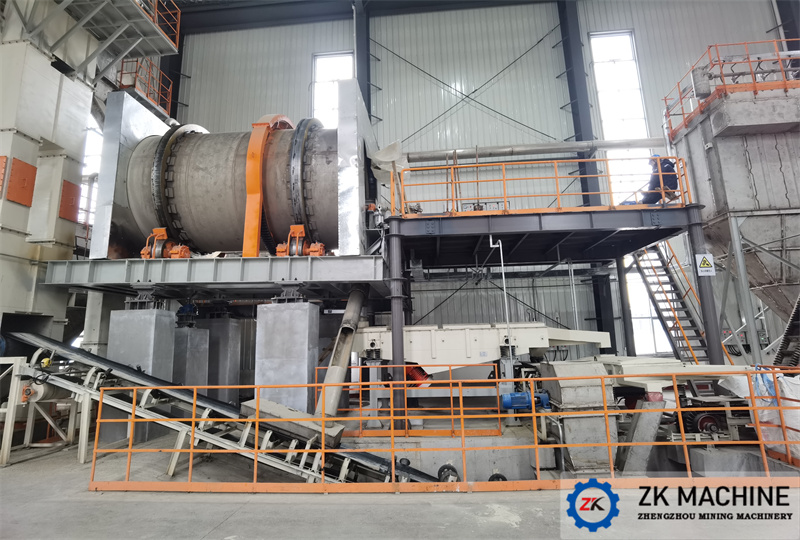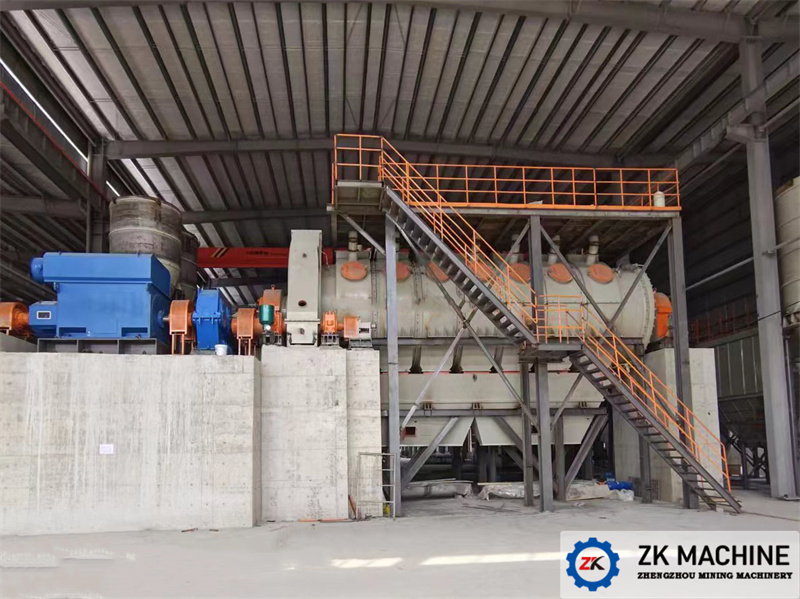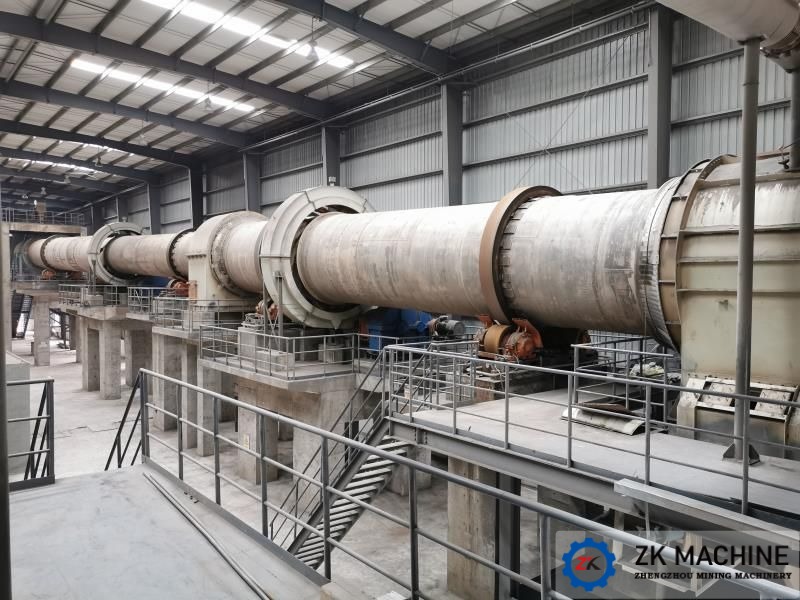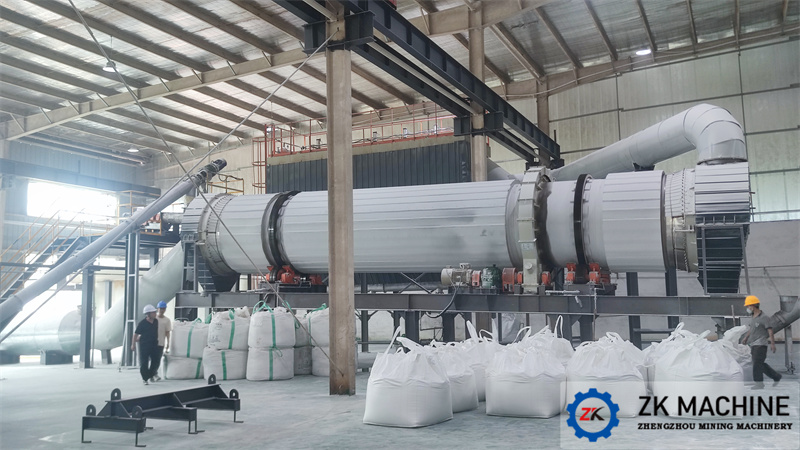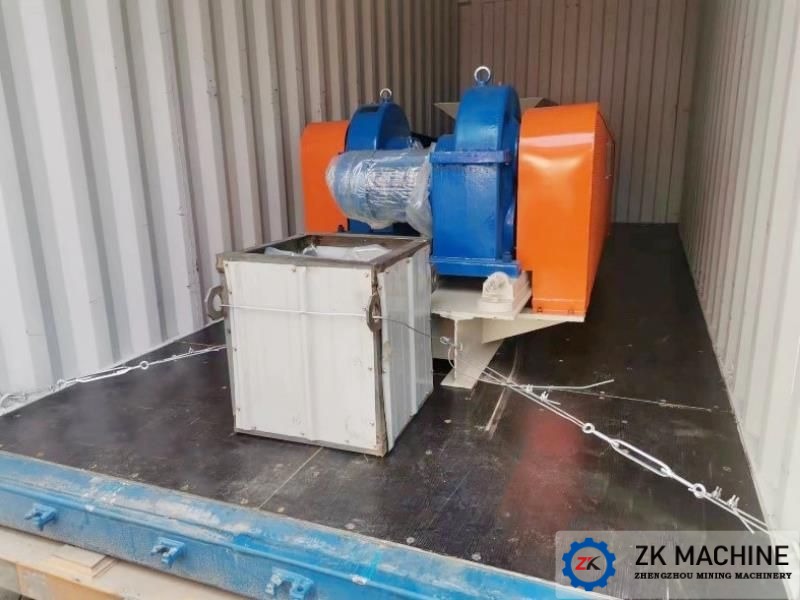Initial Operation Management of Bag Filter
The initial operation of the bag filter refers to the operation within 2 months after startup. These two months are a period when bag dust collectors are prone to malfunctions. Only when problems discovered with sufficient attention are eliminated in a timely manner can stable operation be achieved. Mainly include the following aspects.
1. Processing air volume
In order to stabilize the pressure loss of the filter bag, the method of greatly increasing the treatment air volume in the early stage of operation is often used to allow the gas to flow smoothly through the filter bag. At this time, if the fan motor is overloaded, the main valve can be used to adjust the air volume, because this situation can take a few minutes or take several days to return to normal. Therefore, it is best to observe the pressure gauge at the beginning, and you can also deduce the corresponding air volume value from the reading of the controller's ammeter.
2. Temperature adjustment
It is generally not a problem to use a bag dust collector to handle normal temperature gases. However, when handling high temperature and high humidity gases, if the initial operation is not preheated, the filter bag will easily get wet, the mesh will be severely clogged, and even operation will become impossible. In addition, if the filter bag is not fully dried, condensation often occurs. It is difficult to accurately predict the dew point of a bag dust collector, so attention must be paid to the clogging of the filter mesh and the corrosion of the inner surface of the dust collector casing due to condensation.
3. Compressed air pressure adjustment
The back-blowing bag dust collector and pulse injection bag dust collector controlled by pneumatic valves both use compressed air as power to complete the dust cleaning process. Only by adjusting the compressed air to the design pressure and volume can the normal startup and operation of the dust collector be ensured.
4. Dust removal efficiency
After a dust adsorption layer is formed on the filter bag, the dust removal efficiency of the filter bag should be better. At this time, due to the increase in initial processing air volume, the bag dust collector is in an unstable state. Therefore, it is best to measure the dust removal efficiency after several days or one month of operation. Under steady state, the dust removal efficiency of low-concentration dust with very fine particles is generally above 99.5%.
5. Dust discharge
The dust collected in the ash hopper can be discharged automatically or manually, but it must be discharged in the specified order. In the early stage of operation, dust is often not discharged for one to several days. The dust remains on the bag until it reaches the maximum capacity of the dust collector, and then is discharged in sequence. If the dust discharge cycle is inaccurate, a stable operating system cannot be formed. Generally, when the amount of recycled dust is too much, it is because the initially designed predetermined value is inaccurate. If the predetermined value of dust amount cannot be reached, dust must be continuously taken out at the beginning to control the amount of recycling; at the same time, the dust obtained by measuring the dust removal efficiency is used. Data, calculate the amount of dust according to the following formula.
M=60×10-3ciQ
M—Dust volume, Kg/h
ci—inlet dust mass concentration, g/m3
Q—processing air volume, m3/min
6. Adjustment of the filter bag spreader. After the bag dust collector is installed and used for 1-2 months, the filter bag will stretch. After the bag becomes loose, on the one hand, it is easy to contact with the adjacent bags and be worn; on the other hand, in the loose part, dust accumulation and friction will cause holes in the bag. In addition, due to the disappearance of the pulling force, the dust cleaning effect becomes worse and the bag mesh is blocked. Therefore, check the equipment 1-2 months after installation and adjust the length of the filter bag hanging mechanism. Although the spring-type filter bag hanging mechanism does not need to be adjusted, it should be checked frequently. After one year of operation, inappropriate springs must be replaced.
7. Ancillary equipment
Pipes and vacuum hoods are important ancillary equipment. In the early stages of operation, faults such as abnormal vibration, poor suction effect, and poor operation can be easily diagnosed. First of all, pay attention to whether the exhaust fan is reversed and oil the fan in time. If there is no automatic start, the fuse of the power supply will blow out after the start fails, and the motor will run in single phase, so burnout accidents sometimes occur in the early stages of operation. In addition, rapid changes in gas temperature also have adverse effects on the fan, which may cause changes in the fan shaft, causing an unbalanced operating state and causing vibration.

